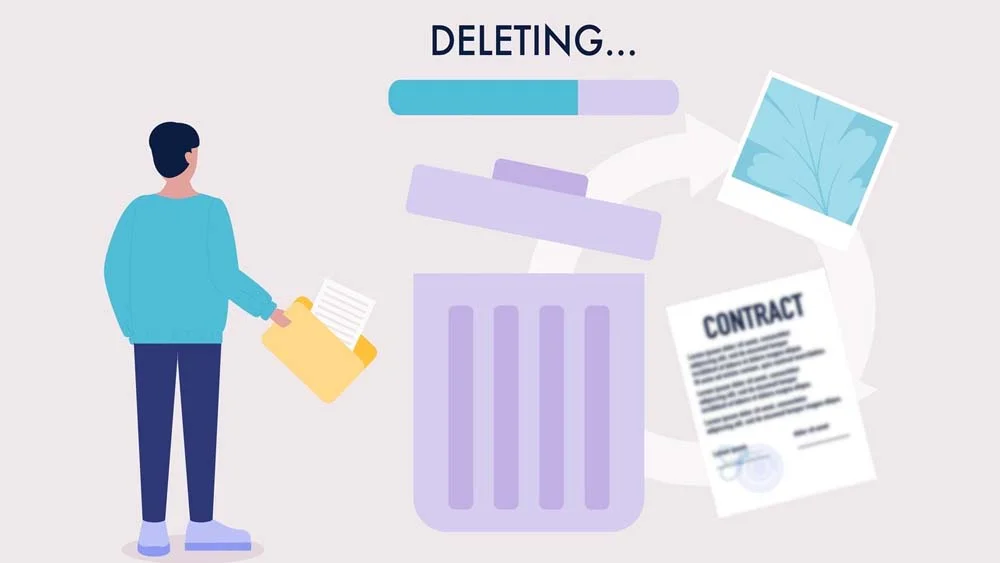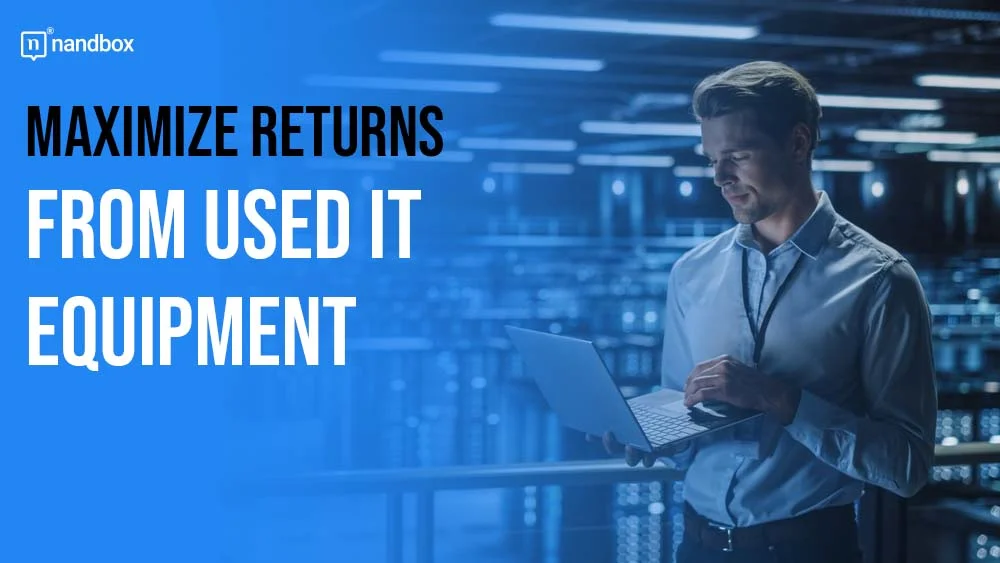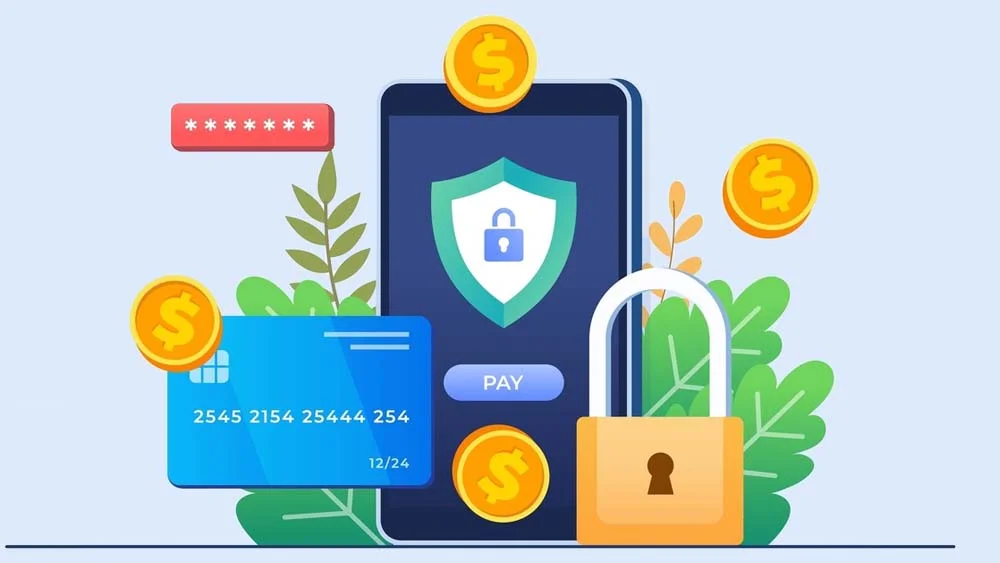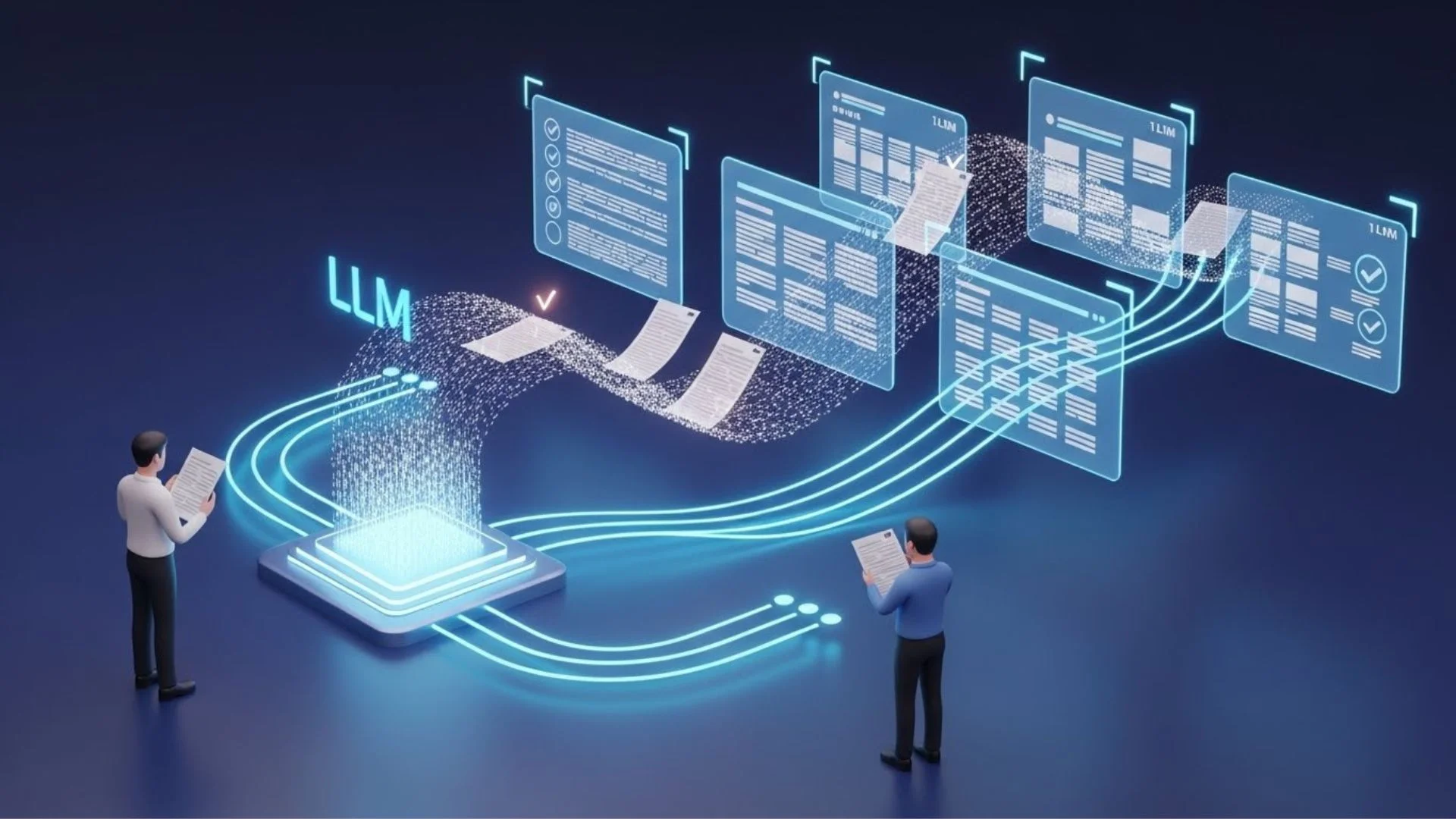In today’s rapidly evolving technological landscape, organizations frequently upgrade and replace their IT equipment to keep up with the latest advancements. However, what many fail to realize is that their used IT equipment still holds value. Maximizing returns from used IT equipment can be a smart financial move for businesses and individuals alike. In this blog, we will explore the importance of maximizing returns from used IT equipment and provide you with practical steps to do so.
Before diving into the selling process, it is crucial to assess the value of your used IT equipment. Start by evaluating the current market value by researching similar products and taking note of their prices. Online marketplaces, auction sites, and IT equipment resellers can provide valuable information on recent sales and average prices. Additionally, identify potential buyers or selling platforms that specialize in used IT equipment. This will help you choose the most suitable channel to maximize your returns.
Consider factors that affect the value of used IT equipment, such as age, condition, brand reputation, and demand for specific models. Newer equipment with up-to-date specifications and well-known brands tends to have higher resale value. Similarly, devices in excellent condition with minimal wear and tear will attract more buyers and command better prices.
Preparing Your Used IT Equipment for Sale
To attract potential buyers and secure a higher selling price, it is important to prepare your used IT equipment properly.
-
Cleaning and Refurbishing the Equipment
Before listing your equipment for sale, take the time to clean and refurbish it. Wipe down the devices with appropriate cleaning agents, taking care not to damage any components or screens. Replace any missing or broken parts and perform basic maintenance tasks to ensure the equipment is in optimal working condition. Refurbishing can significantly improve the perceived value of the equipment and increase the likelihood of attracting more interested buyers. This process should be done for all used equipment for sale.
-
Removing Personal Data and Ensuring Data Security

Data security is of utmost importance when selling used IT equipment. Before parting ways with your devices, ensure that all personal data and sensitive information are completely removed. Perform a factory reset or use data-wiping software to erase all files, folders, and personal information stored on the devices. Deleting data is not sufficient, as it can still be recovered. Take the necessary steps to protect your data and maintain customer trust.
-
Documenting the Condition of the Equipment
Provide potential buyers with an accurate description of the condition of the equipment. Document and disclose any known issues, cosmetic damage, or functional limitations. Be transparent and honest about the condition of the devices, as this builds trust with potential buyers. Take clear and detailed photographs of the equipment from various angles to give buyers a comprehensive view of what they can expect.
Marketing and Advertising Your Used IT Equipment
Crafting compelling product descriptions and utilizing high-quality images are key elements in effectively marketing and advertising your used IT equipment.
When creating product descriptions, focus on highlighting the specifications, features, and any unique selling points of the equipment. Emphasize the benefits that potential buyers can derive from using the devices. Use descriptive and persuasive language to captivate the reader’s attention and make them visualize how the equipment can meet their needs. Provide as much relevant information as possible to minimize potential questions from buyers and demonstrate your expertise in the product.
Visual appeal plays a significant role in attracting buyers. Take high-quality photographs of the equipment, showcasing details and overall condition. Use proper lighting and consider using props or accessories to present the equipment in an appealing manner. If possible, include images of the equipment in use to provide a better sense of its functionality. Ensure that the images accurately represent the product and include multiple angles to give prospective buyers a clear idea of what they are purchasing.
Choosing the right audience and platforms for promoting your used IT equipment is essential for maximizing returns. Research and identify platforms where your target audience is likely to be present. This could include online marketplaces, specialized IT forums, social media groups, or local buy-and-sell platforms. By targeting your marketing efforts to those who are most interested in such equipment, you increase the likelihood of finding potential buyers and maximizing your returns.
Negotiating and Pricing Your Used IT Equipment
When it comes to negotiating and pricing your used IT equipment, finding the right balance between competitiveness and profitability is crucial.
Conduct market research to determine a competitive yet profitable price range for your equipment. Consider factors such as the condition, demand, age, and brand reputation. Setting a price that is too high may discourage potential buyers, while setting it too low may leave money on the table. Take into account the value that your equipment offers compared to similar items on the market and adjust the price accordingly.
Understanding negotiation tactics and strategies can help you secure the best possible price for your used IT equipment. Be prepared to engage in price discussions with potential buyers, and have a clear understanding of your bottom line. Maintain flexibility but set boundaries to ensure you strike a fair deal. Be willing to negotiate within reason, but don’t undersell yourself or compromise profitability.
The most profitable way is to sell your used IT equipment to a professional IT equipment reseller like Big Data Supply, as such companies have experience in determining the value of IT assets and would give you a fair price.
To further increase the value of your used IT equipment and attract potential buyers, consider offering package deals or warranties. Package deals could include additional accessories, software licenses, or related products that complement the equipment being sold. Providing warranties or guaranteeing the functionality of the equipment for a certain period can give buyers peace of mind and increase the perceived value of the purchase.
Selling and Shipping Your Used IT Equipment
Once you have finalized the sale transaction with the buyer, it is important to ensure a smooth process for selling and shipping the equipment.
-
Finalizing the Sale Transaction with the Buyer
Communicate clearly and promptly with the buyer, finalizing the sale transaction. Agree on payment terms, shipping arrangements, and any other relevant details. Provide all necessary documentation, including receipts, invoices, and warranties. Ensure that both parties have a clear understanding of the terms and conditions of the sale to avoid any misunderstandings or disputes later on.
-
Ensuring Secure Payment Methods
Use secure payment methods to protect your interests as a seller. Consider using reputable platforms that offer secure payment options or consider escrow services for high-value transactions. Accepting payments through reliable and trusted avenues minimizes the risk of fraudulent activity and provides an additional layer of protection to both the buyer and seller.
-
Packaging and Shipping the Equipment Safely and Efficiently
Packaging and shipping the equipment safely and efficiently is crucial to ensure it arrives at its destination in the same condition as described. Use appropriate protective materials, such as bubble wrap or foam, to cushion the equipment and prevent damage during transit. Securely seal the package, and clearly label it with the buyer’s address and any necessary tracking information. Select a reliable and reputable shipping provider to ensure a smooth and timely delivery process.
Maximizing Returns through Repurposing or Recycling
To further maximize returns from your used IT equipment, consider exploring alternative options.
If your used IT equipment is not finding buyers or you have surplus inventory, exploring alternative options can still provide a return. Consider reaching out to local businesses, schools, or non-profit organizations to see if they are in need of the equipment. Building relationships with institutions or charities that can benefit from your unused equipment is not only financially rewarding but also contributes to the community.
-
Donating or Repurposing Equipment for Non-Profit Organizations
Donating or repurposing equipment for non-profit organizations can help maximize returns in a different way. Instead of profit, the return lies in the impact made by enabling these organizations to further their goals. Seek out local non-profit organizations or schools in need of IT equipment and explore opportunities for donation or repurposing. By giving back to the community, you not only contribute to a greater cause but also potentially benefit from tax deductions.
-
Properly Recycling Electronic Waste
If your IT equipment has reached the end of its usable life and cannot be sold or repurposed, it is important to handle electronic waste responsibly. Improper disposal of electronic waste can have negative environmental consequences. Research local regulations and find certified recycling centers that properly handle electronic waste. By recycling your equipment, you contribute to a sustainable environment and prevent harmful materials from ending up in landfills.
Monitoring and Evaluating Your Returns
Continuously monitoring and evaluating the returns on your used IT equipment sales can help you identify areas for improvement and future opportunities.
Keep a record of your sales, including expenses, selling prices, and profit margins. By tracking the success and profitability of your sales, you can identify patterns, trends, and areas for improvement. This data-driven approach allows you to make informed decisions in future sales endeavors and can help you refine your pricing and marketing strategies.
Customer feedback and reviews can provide valuable insights into customer satisfaction and areas for improvement. Encourage buyers to provide feedback and leave reviews after their purchase. Analyze their comments and ratings to learn about their overall experience, the perceived value of the equipment, and any suggestions they may have. Address any negative feedback promptly and make improvements to enhance future sales.
By monitoring returns and analyzing feedback, you can identify areas for improvement and future opportunities. Look for patterns in customer preferences, identify additional services or complementary products that can be offered, and explore ways to differentiate yourself from the competition. Continual improvement and adaptation to changing market conditions will increase your chances of maximizing returns from used IT equipment.
Conclusion
Maximizing returns from your used IT equipment requires careful planning and execution. By evaluating the value, preparing the equipment, marketing effectively, negotiating smartly, and shipping securely, you can ensure the best possible returns. Additionally, exploring alternative options, monitoring your sales performance, and continuously improving based on feedback will contribute to your overall success. Don’t let your used IT equipment go to waste—take action, implement the outlined steps, and benefit financially while contributing to a sustainable future. Using tools like nandbox App Builder can help streamline the process of managing and reselling your used IT equipment. With its user-friendly platform, you can easily create apps to track, sell, or repurpose equipment, maximizing your returns.





